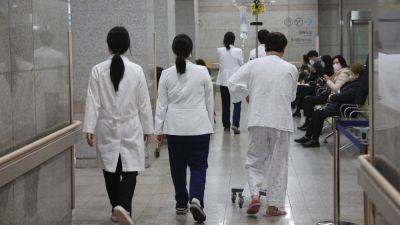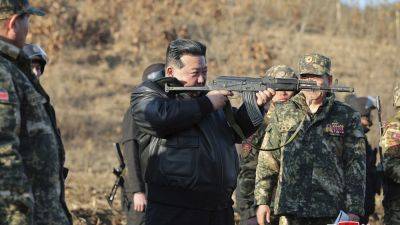Why thousands of junior doctors in South Korea are striking, and what it means for patients
SEOUL, South Korea (AP) — Thousands of junior doctors in South Korea have been refusing to see patients and attend surgeries since they walked off the job Feb. 20 in response to the government’s push to recruit more medical students.
As of Tuesday, about 8,940 medical interns and residents have left their worksites in protest, disrupting the operations of major hospitals in South Korea and threatening to burden the country’s overall medical service. Now, authorities warned that they have until Thursday to return to work or face license suspensions and prosecutions.
Here’s what’s happening with the strikes:
WHY ARE DOCTORS STRIKING?
The government plans to raise South Korea’s yearly medical school admission caps by 2,000, from the current 3,058.
The enrollment plan is meant to add up to 10,000 doctors by 2035 to cope with the country’s fast-aging population. Officials say South Korea has 2.1 physicians per 1,000 people — far below the average of 3.7 in the developed world.
The striking doctors-in-training say schools can’t handle an abruptly increased number of medical students. They predict doctors in greater competition would perform overtreatment — increasing public medical expenses — and, like current medical students, most of the additionally recruited medical students would also likely try to work in high-paying, popular professions like plastic surgery and dermatology. That means the country’s long-running shortage of physicians in essential yet low-paying areas like pediatrics, obstetrics and emergency departments would remain unchanged.
Some critics say the striking junior doctors simply oppose the government plan because they worry adding more doctors would result in a lower income.
Ahn Cheol-soo, a







